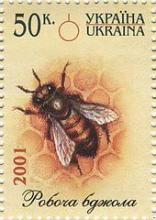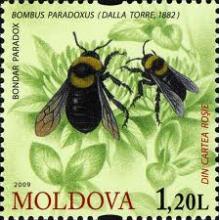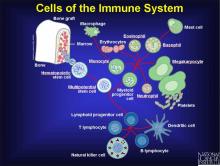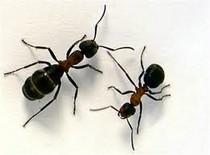Insecticides Could be to Blame for Behavioral Problems in Children
Millions of children in the U.S. are being exposed to insecticides that are currently used daily in homes around the country. According to a recent study published by Canadian researchers, the exposure to pyrethoid pesticides found in thousands of home products, including cockroach sprays and flea controls, was found to be associated with neurobehavioral deficits in children. In the most recent study, constructing data from children ages six to 11, the Canadian Health Measures Survey researchers analyzed the organophosphate and pyrethoid metabolites in their urine. The researchers used logistic regressions to estimate odd ratios for high scores on the Strengths and Difficulties Questionnaire, which may indicate the presence of certain behavioral problems. During the study, each parent was asked a series of three questions regarding their use of indoor pesticides, pyrethoid pesticides and outdoor pesticides during that month. The results of the study showed a strong correlation between the use of pesticides and high scores on the questionnaire.










